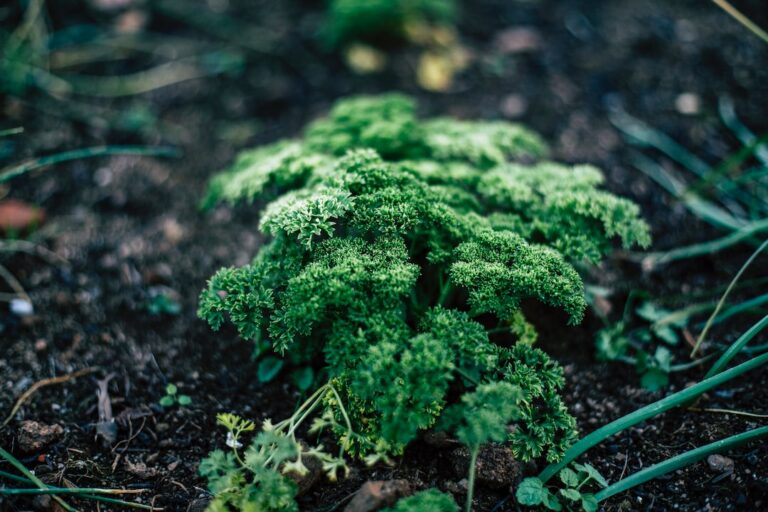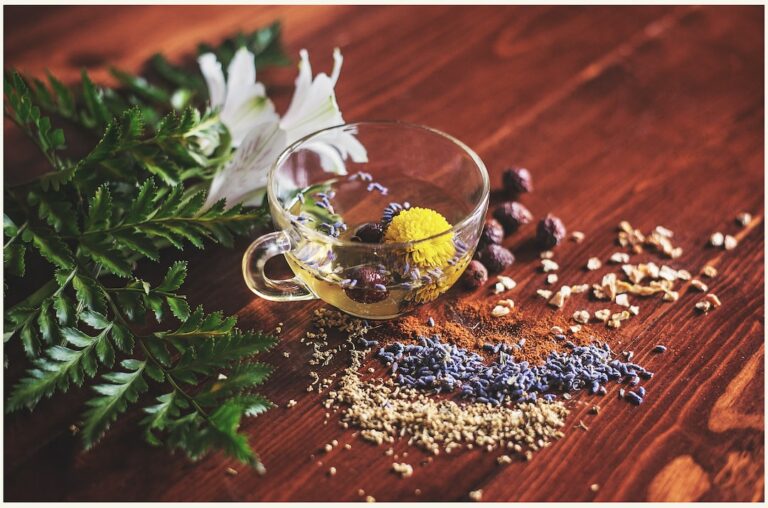Introduction to Natural Medicine
What is natural medicine?
Natural medicine is a holistic approach to healthcare that emphasizes the use of natural remedies and therapies to promote healing and prevent illness. It encompasses a wide range of practices, including herbal medicine, acupuncture, homeopathy, and nutrition. The goal of natural medicine is to support the body’s innate ability to heal itself and restore balance. By addressing the root causes of health issues, rather than merely treating symptoms, natural medicine aims to promote long-term wellness. Bold keywords: natural medicine, holistic approach, natural remedies, therapies, healing, prevent illness, herbal medicine, acupuncture, homeopathy, nutrition, innate ability, restore balance, root causes, health issues, treating symptoms, long-term wellness.
History of natural medicine
Natural medicine has a rich history that dates back centuries. It has been used by various cultures around the world to treat a wide range of ailments and promote overall well-being. The benefits of natural medicine are numerous, with studies showing that it can help boost the immune system, reduce inflammation, and improve mental health. Additionally, natural medicine often focuses on treating the root cause of the problem rather than just addressing the symptoms. This holistic approach aims to restore balance and harmony within the body, leading to long-term health benefits. With its emphasis on natural remedies and techniques, natural medicine offers a gentle and non-invasive alternative to conventional medicine. By incorporating the principles of natural medicine into our daily lives, we can enhance our overall health and well-being.
Principles of natural medicine
Natural medicine is based on the principles of using natural remedies and therapies to promote health and well-being. It emphasizes the body’s innate ability to heal itself and focuses on treating the root causes of illness rather than just the symptoms. One of the key principles of natural medicine is the use of herbs, which have been used for centuries to support various aspects of health. These powerful plants contain a wide range of beneficial compounds and can be used to address a variety of health concerns. In fact, some herbs are so highly valued that they are considered more expensive than gold. This highlights the incredible value and potency of these natural remedies. By incorporating natural medicine into our lives, we can tap into the healing power of nature and support our overall health and well-being.
Common Conditions Treated by Natural Medicine
Digestive disorders
Digestive disorders are common conditions that affect the digestive system, which includes the stomach, intestines, and other organs involved in digestion. These disorders can cause a range of symptoms, including abdominal pain, bloating, diarrhea, and constipation. Natural medicine offers a variety of treatments for digestive disorders, such as herbal remedies, dietary changes, and lifestyle modifications. These approaches aim to address the underlying causes of the disorders and promote optimal digestive health. If you are experiencing digestive issues, it is important to consult with a qualified natural medicine practitioner who can provide personalized recommendations and guidance for your specific condition.
Respiratory conditions
Natural medicine offers a variety of treatment options for respiratory conditions. These conditions affect the respiratory system, which includes the lungs, airways, and breathing muscles. Common respiratory conditions include asthma, bronchitis, and chronic obstructive pulmonary disease (COPD). Natural medicine approaches such as herbal remedies, acupuncture, and breathing exercises can help manage symptoms and improve overall respiratory health. By incorporating natural therapies into their treatment plan, individuals with respiratory conditions can experience relief and enhance their well-being.
Musculoskeletal pain
Musculoskeletal pain refers to pain in the muscles, bones, ligaments, tendons, and other structures that support the body’s movement. It can be caused by various factors such as injuries, overuse, poor posture, or underlying medical conditions. Natural medicine offers a range of remedies for musculoskeletal pain, providing alternative options to conventional treatments. These remedies include herbal supplements, acupuncture, massage therapy, and physical exercises. Natural infection remedies, such as garlic, ginger, and echinacea, can also help reduce inflammation and promote healing. By incorporating natural remedies into their treatment plan, individuals experiencing musculoskeletal pain can find relief and improve their overall well-being.
Benefits of Natural Medicine
Holistic approach to health
A holistic approach to health focuses on treating the whole person, considering their physical, mental, and emotional well-being. Natural medicine, also known as alternative medicine or complementary medicine, is an integral part of this approach. It encompasses a wide range of practices and therapies that aim to promote healing and maintain optimal health using natural remedies and techniques. The natural medicine series explores the effectiveness of various natural treatments in addressing different health conditions and improving overall well-being.
Reduced side effects
Natural medicine offers a promising alternative to conventional treatments with its potential to reduce side effects. By harnessing the healing power of nature, natural medicine aims to treat various health conditions while minimizing the adverse reactions commonly associated with pharmaceutical drugs. This approach has gained popularity as more people seek safer and gentler treatment options. With natural remedies, individuals can experience relief from symptoms without compromising their overall well-being. Conditions such as [condition1], [condition2], and [condition3] have shown positive responses to natural medicine, providing hope for those looking for effective and low-risk treatment options.
Promotes overall well-being
Promotes overall well-being by enhancing the body’s natural healing abilities and supporting optimal health. Natural medicine, such as ashwagandha, has been used for centuries to treat a wide range of health conditions. Ashwagandha, also known as Indian ginseng, is a powerful herb that has been traditionally used in Ayurvedic medicine to promote physical and mental well-being. It is known for its adaptogenic properties, which help the body adapt to stress and promote balance. Ashwagandha is believed to support the immune system, improve energy levels, and enhance cognitive function. Incorporating natural medicine like ashwagandha into your daily routine can help you achieve overall wellness and vitality.
Types of Natural Medicine
Herbal medicine
Herbal medicine has been used for centuries to promote overall health and well-being. One area where herbal medicine has shown promising results is in supporting liver function. The liver plays a crucial role in detoxifying the body and maintaining optimal health. Certain herbs, such as milk thistle and dandelion root, have been traditionally used to support liver health. These herbs contain active compounds that help protect liver cells from damage and promote the regeneration of healthy liver tissue. Incorporating herbal remedies into your daily routine can help support liver function and promote overall wellness.
Acupuncture
Acupuncture is a form of traditional Chinese medicine that has been practiced for centuries. It involves the insertion of thin needles into specific points on the body to stimulate the flow of energy and promote healing. Acupuncture has been used to treat a wide range of conditions, including pain, stress, and digestive disorders. It is believed to work by balancing the body’s energy and promoting self-healing. One cutting-edge mercury detox solution that has gained popularity is acupuncture. By targeting specific acupuncture points, this ancient practice can help remove toxins, including mercury, from the body. This makes it a valuable treatment option for individuals looking to improve their overall health and well-being.
Homeopathy
Homeopathy is a form of alternative medicine that uses highly diluted substances to stimulate the body’s natural healing processes. It is based on the principle of ‘like cures like’, meaning that a substance that causes symptoms in a healthy person can be used to treat similar symptoms in a sick person. Homeopathic treatments are believed to work by stimulating the body’s vital force and restoring balance. Common conditions that can be treated with homeopathy include allergies, digestive disorders, respiratory infections, and musculoskeletal pain. Homeopathy is often used as a complementary therapy alongside conventional medicine.
Safety and Effectiveness of Natural Medicine
Research and evidence
Research and evidence have shown that natural medicine can be effective in treating various health conditions. One area of focus is natural defenses against E. coli. Studies have found that certain natural remedies, such as herbal extracts and probiotics, can help strengthen the body’s immune system to fight against E. coli infections. Additionally, research has shown that incorporating specific dietary changes, such as consuming foods rich in antioxidants and prebiotics, can also support the body’s natural defenses. These findings highlight the potential of natural medicine in enhancing the body’s ability to combat E. coli and promote overall health and well-being.
Potential risks and precautions
A holistic approach to health is an important aspect of natural medicine. It focuses on treating the whole person, taking into account their physical, mental, and emotional well-being. By addressing the root causes of illness and promoting overall wellness, natural medicine aims to restore balance and harmony in the body. However, it is important to be aware of potential risks and take necessary precautions. It is always recommended to consult with a qualified healthcare professional before starting any natural medicine treatment to ensure safety and effectiveness.
Integration with conventional medicine
Integration with conventional medicine is an important aspect of natural medicine. By combining the principles and therapies of natural medicine with the advancements of conventional medicine, patients can experience a comprehensive approach to healthcare. This integration allows for a holistic and multidimensional approach to treatment, addressing the physical, mental, and emotional aspects of health. Natural medicine can complement conventional treatments by providing additional support and promoting overall well-being. It is important to note that the integration of natural medicine with conventional medicine should be done under the guidance of qualified healthcare professionals to ensure safe and effective outcomes.
FAQ (Frequently Asked Questions)
Is natural medicine safe for everyone?
Natural medicine is generally safe for most people, but it is important to consider individual factors and consult with a healthcare professional before starting any new treatment. When it comes to hormonal health, natural medicine can offer a range of benefits. It can help balance hormones, regulate menstrual cycles, and alleviate symptoms of hormonal imbalances. However, it is crucial to note that natural medicine may not be suitable for everyone, especially those with certain medical conditions or who are taking specific medications. It is always best to seek professional advice to ensure that natural medicine is safe and appropriate for your individual needs.
Can natural medicine cure serious illnesses?
Natural medicine has been used for centuries to treat a wide range of ailments and conditions. While it can be effective in managing and relieving symptoms, it is important to note that natural medicine is not a cure for serious illnesses. Serious illnesses often require medical intervention and treatment from healthcare professionals. However, natural medicine can complement conventional treatments and support overall well-being. It is always advisable to consult with a healthcare provider before relying solely on natural medicine for serious illnesses.
How long does it take to see results with natural medicine?
When it comes to natural medicine, one common question that arises is how long it takes to see results. The answer to this question can vary depending on several factors, including the specific condition being treated, the individual’s overall health, and the type of natural medicine being used. However, one thing is clear – plant-based medicine has shown promising results in treating a wide range of health issues. Whether it’s using herbal remedies, essential oils, or dietary supplements, many people have reported experiencing positive changes in their health after incorporating plant-based medicine into their routine. While the exact timeline for seeing results may differ from person to person, it is important to note that natural medicine often takes a holistic approach, addressing the root cause of the problem rather than just alleviating symptoms. So, if you’re considering natural medicine as a treatment option, be patient and consistent in your approach, as the benefits may take time to manifest.





































